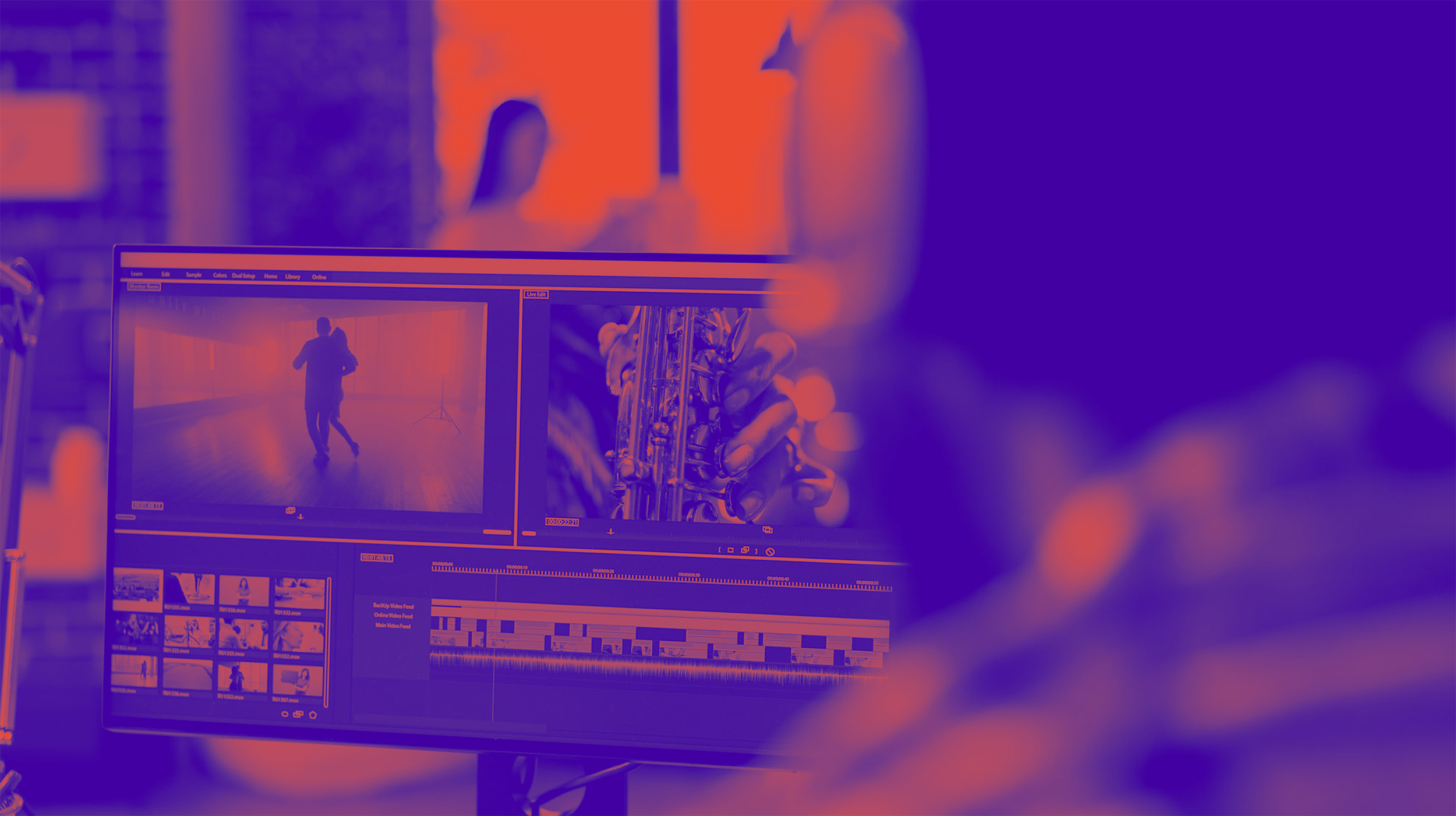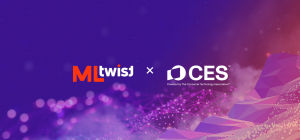30
Dec

Real-time surveillance and advanced tracking capabilities are more crucial than ever for national security. A leading public defense company turned to MLtwist to enhance its ability to accurately track people, vehicles, and containers in Synthetic Aperture Radar (SAR) video footage captured by drones.
The mission demanded frame-level annotations across tens of thousands of frames per video—sometimes at over 100 bounding boxes per frame. The challenge was amplified by the nature of drone footage: constant camera motion caused by wind, altitude shifts, and lateral drift, resulting in frequent changes in perspective and scale. Maintaining annotation precision under these conditions required significantly more time per video compared to static camera feeds.
Transforming High-Motion Drone SAR Footage into High-Precision Labeled Data
The project presented several obstacles:

Automated Pre-Labeling Adapted for Drone SAR Footage
MLtwist initially deployed a state-of-the-art AI model to pre-label each frame, identifying and tracking objects. However, the variability of drone footage meant that default pre-labeling was insufficient—sometimes even increasing correction time. MLtwist adapted its AI-assisted pipeline specifically for drone SAR data, optimizing pre-labeling outputs to reduce manual rework.
Data Cleaning & Frame-Level Annotation
Annotators were equipped with advanced tools for tilted bounding boxes that could align with each object’s orientation despite constant viewpoint changes. Proprietary algorithms cleaned misalignments, removed noise, and ensured cross-frame consistency.
Custom QA Workflow to Overcome Tool Lag
Due to the sheer number of annotations, the labeling tool could not handle in-platform QA without significant lag. To solve this, MLtwist extracted fully annotated videos from the labeling tool, reconstructed them in the client’s required video format, and performed QA outside the platform—allowing reviewers to assess accuracy on a smooth, playable, fully labeled video.
Formatted Output for Direct Integration
Once QA passed, datasets were delivered exactly in the format specified by the client, ensuring immediate compatibility with their surveillance and analytics systems.
By adapting its workflows to the unique demands of drone-based SAR video, MLtwist delivered scalable, frame-level precision annotations at a density few tools could handle. From overcoming drone-induced motion challenges to creating a custom QA pipeline outside the labeling tool, MLtwist ensured both accuracy and efficiency at national security scale—proving that even the most complex video annotation challenges can be met with the right mix of AI, tooling, and process innovation.
Subscribe us and get latest news and updates to your inbox directly.
January 6-9, 2026 / Las Vegas, NV

Meet us there : contact@mltwist.com
The Ultimate Guide to AI Data Pipelines: Learn how to Build, Maintain and Update your pipes for your unstructured data

